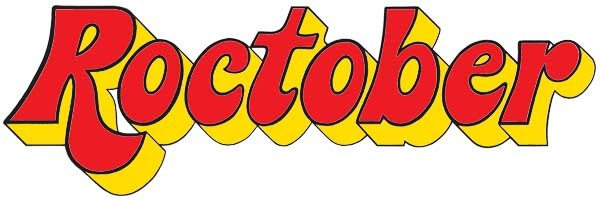
It would be inaccurate to say that there are no good books by comedians -- some very interesting novels and short story collections have written by penned by the likes of Steve Martin, Ernie Kovacs, Woody Allen, and others. It's the memoirs that usually disappoint. In them the Jerry Senfields, Bill Cosbys, or Cedric the Entertainers of the world claim to be telling tales of their lives while actually just transposing their best jokes into written form -- a true worst of both worlds. Don't get me started on the Rickles book! That said, every now and then you get an imperfect tome that is nonetheless fascinating because the comic actually recalls interesting things and actually reveals aspects of a unique (and genuine) non-stage persona. Mooney's book, though far from groundbreaking, is fairly rivieting. The comic has become known as a sort of elegant, brilliant, elder statesman of black comedy, a man who can impart wisdom and truth about race, life and the nature of humor. This image exists in part because of memorable roles in Spike Lee's Bamboozled and on Chappelle's Show portraying an elegant, brilliant, elder statesman of black comedy, a man who can impart wisdom and truth about race, life and the nature of humor. A very funny guy, and a sharp comic writer, Mooney has definitely earned the respect he gets, but as the book reveals he has a pretty thin resume. Yet it's the most awesome thin resume ever. While he's often credited as being a former writer on Saturday Night Live, he really only helped write the Richard Pryor episode. Yet, he wrote the Pryor/Chevy Chase job interview sketch, one of the greatst moments in that show's history. Though he did write for Sanford and Son, it was only three episodes out of 136. Yet Mooney scripted the funniest scene in the ultra-funny show's long history (and despite what he says in this book, it is intact on DVD, "N"-word and all). So he clearly made the most of his limited shots and desrves adulation. True, befriending and collaborating with Richard Pryor (who liked having a cocaine-free friend around, declaring at parties, "I get Paul's share") opened most of the doors, but once they opened up the doors he got it himself. What makes the book fascinating is what he did between these rare high profile gigs. Mooney, with his good looks and charm, was able to survive on the fringes of the entertainment world for decades, finding himself Zelig-like on the margins of fascinating scene after fascinating scene. As a kid he somehow carves out a place for himself in the Bay Area's amateur hambone dancing scene (?!?) hustling talent shows; then he finds himself on the edge of the folk music scene; he also makes his name as a race-barrier breaking dancer on a teen dance show; he later grooves in the background on Playboy After Dark; he wins The Dating Game; he is a cast member in Jane Fonda's anti-war improv troupe FTA; he even plays Sam Cooke in The Buddy Holly Story. It's far more interesting to read about this career than a superstar's career, and it's more interesting because Mooney's beautiful ego never acknowledges second-class status -- and why should it. He was pretty and talented and making it, so why be humble? He also loves to take credit for things; not only does he lay claim to advising Pryor to do most of the memorable things in his career, but he also says he invented "Nigger, please," and best of all, he taught Obama the fist bump. He never, however, denigrates the genius of Pryor, and about a third of this book is a sort of professional biography of Pryor, so fans of his should really read this. But fans of comedy, the entertinment fringes, and esoteric books would also be wise to fist bump this book.


No comments:
Post a Comment